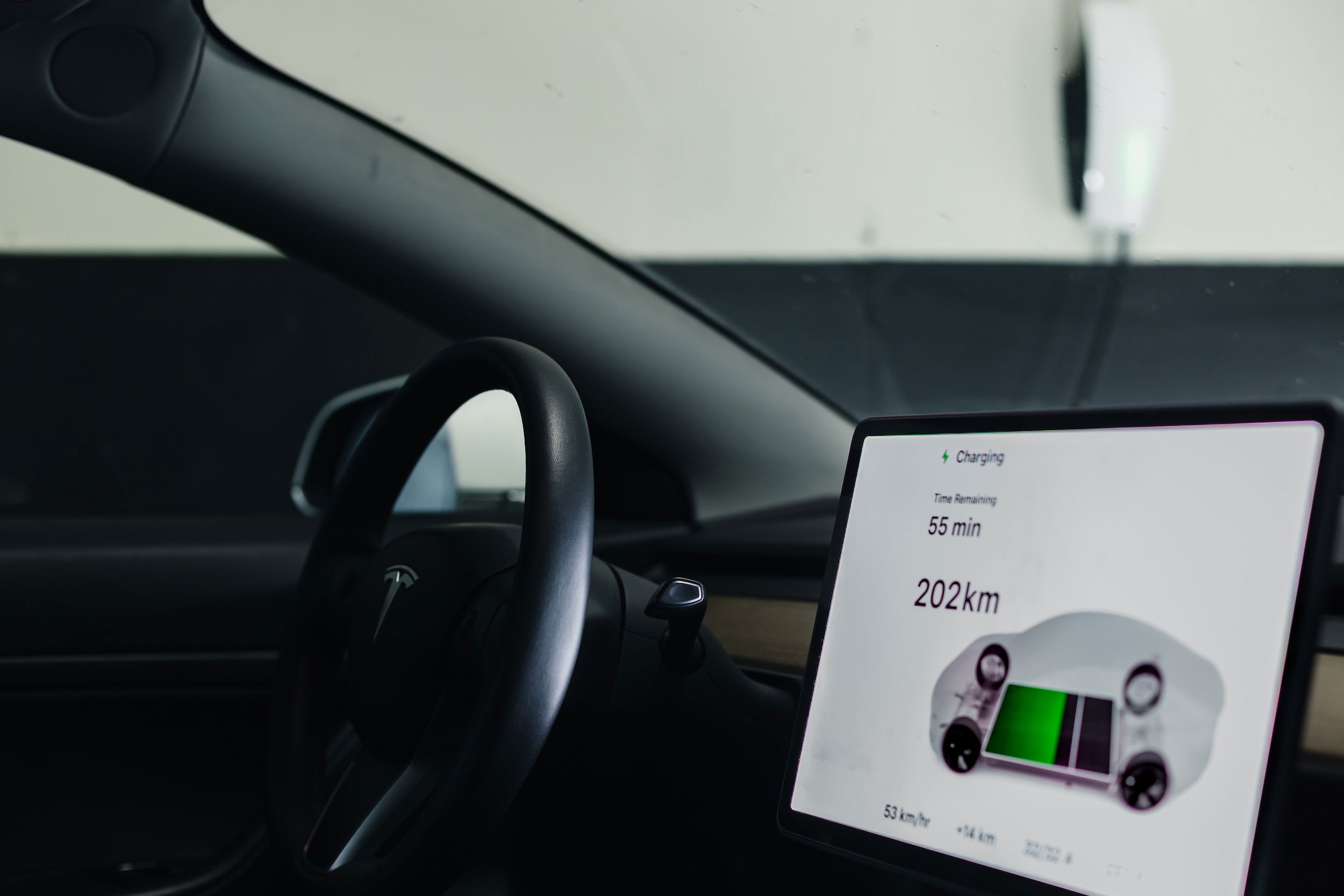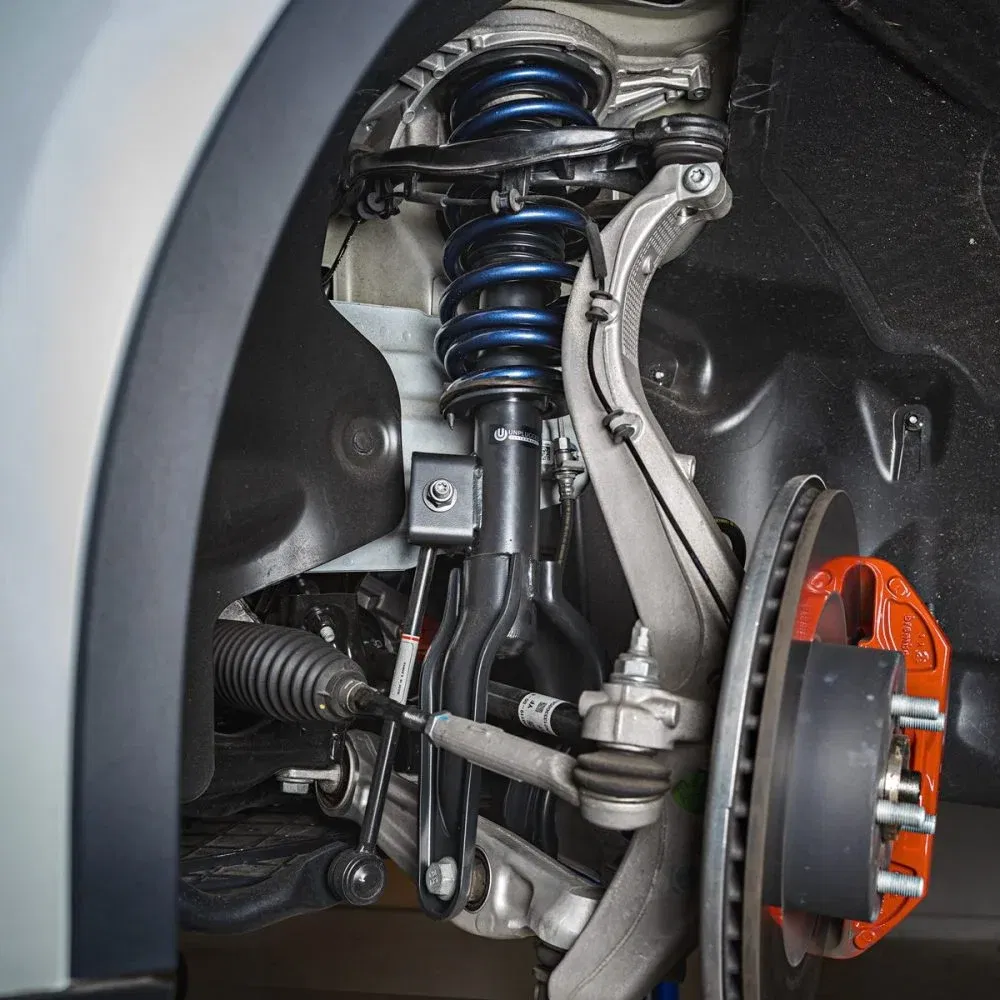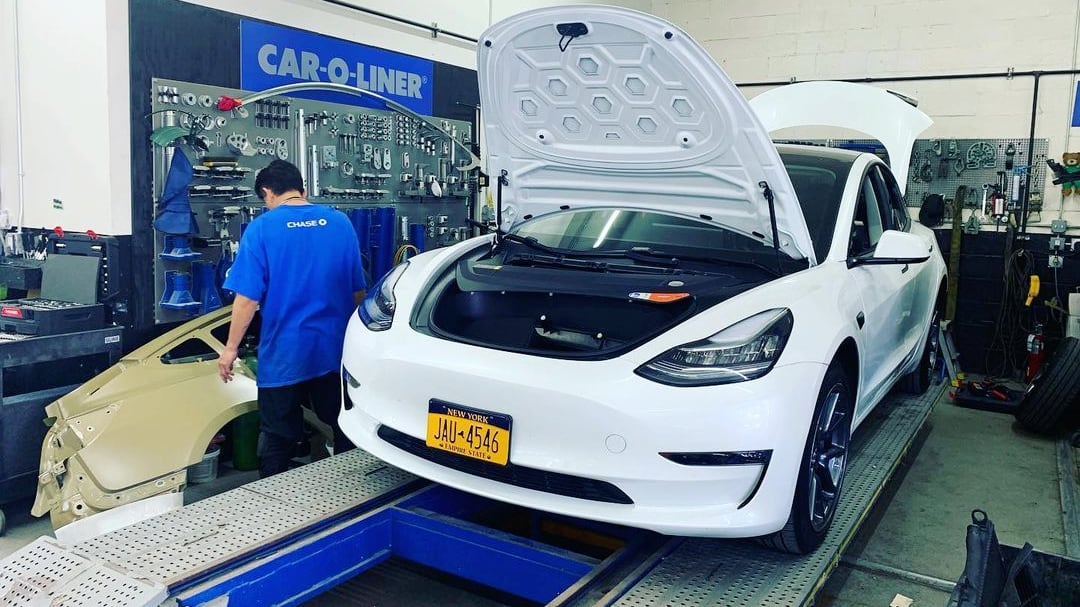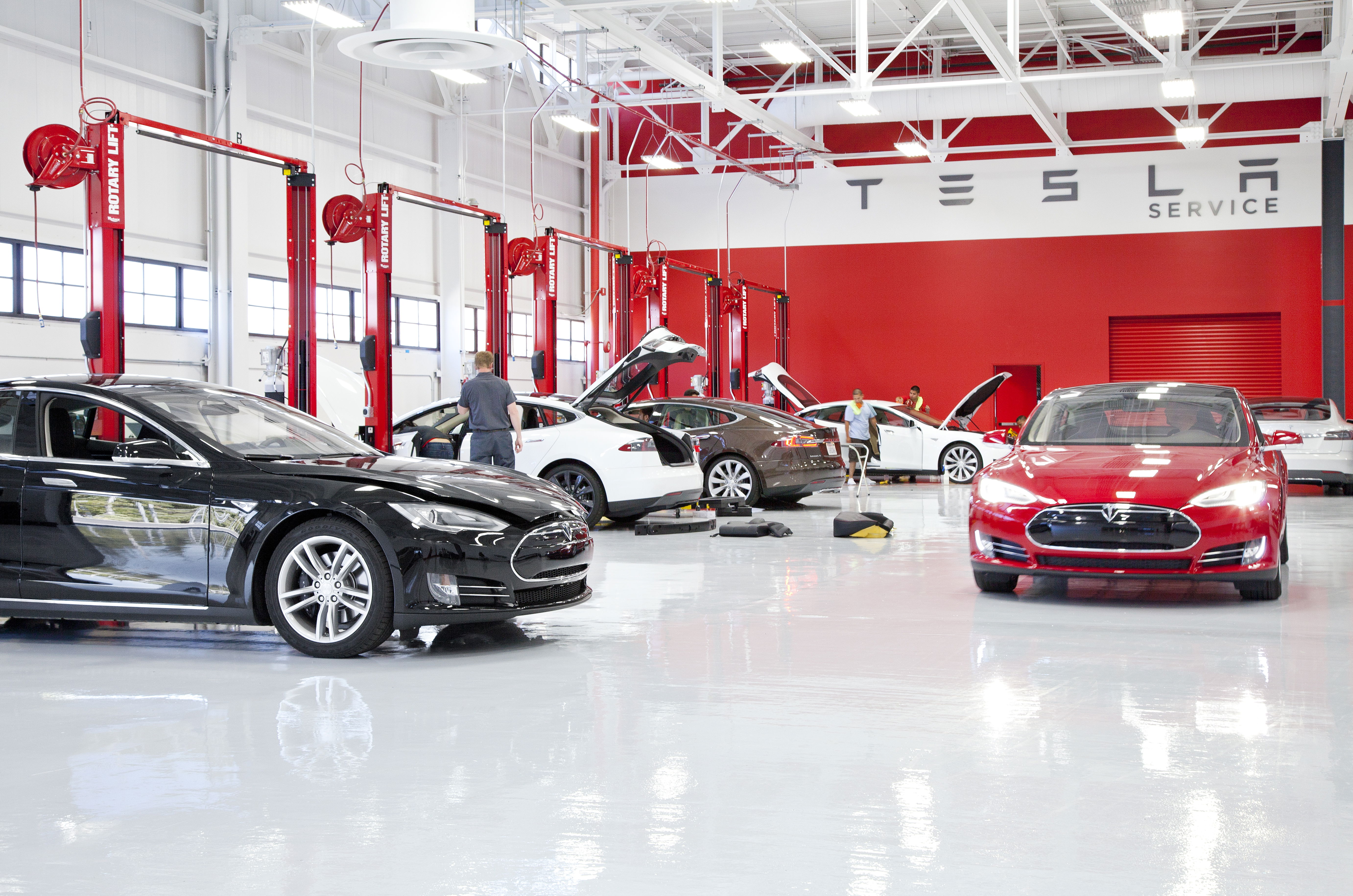The Great Divide: When Technology Outpaces Common Sense
The automotive repair industry has always had its tensions, the age-old friction between shade-tree mechanics and dealership technicians, the debates over synthetic versus conventional oil, the eternal war between "check engine light ignorers" and those who treat their OBD-II port like an oracle. But nothing has fractured the relationship between mechanics and car owners quite like the rise of Tesla.
What was once a straightforward transaction—a broken car enters the shop, a mechanic diagnoses and fixes it, the owner pays—has devolved into a culture clash of epic proportions.
On one side: seasoned professionals who have spent decades mastering internal combustion systems, electrical diagnostics, and the art of making old cars run like new. On the other: a wave of Tesla owners who treat their vehicles like iPhones on wheels, expecting maintenance-free operation, instant software fixes, and a repair experience as seamless as a Genius Bar appointment.
Consequently, mechanics despise Tesla owners. And they’re not wrong.
See also:
The Myth Of The Maintenance-Free Car

Tesla’s marketing has long touted its vehicles as "breaking the rules" of traditional automotive ownership. No oil changes! No spark plugs! No transmission flushes! For many buyers, this was the ultimate selling point—a car that defied the very concept of mechanical wear and tear.
But here’s the reality Tesla doesn’t advertise:
The fantasy of a car that never needs service is powerful marketing, but the physics of moving parts don't care about Silicon Valley sales pitches. While it's true that electric motors have far fewer moving parts than internal combustion engines, Tesla's drive units still suffer from predictable mechanical failures that owners never see coming.
The rear motor bearings in Model S and X vehicles are notorious for premature wear, often failing between 60,000-100,000 miles with a telltale whine that sounds like a supercharger - except it's the sound of metal grinding itself to death. Replacing these requires complete drive unit removal, a $3,000+ job that shocks owners who thought they'd never need major powertrain work.
Coolant pumps for battery and motor cooling systems frequently give up the ghost around the 5-year mark, with replacement requiring removal of underbody panels and careful handling of high-voltage systems.
Inverter modules, the critical components that convert battery DC to motor AC, routinely fail in high-mileage vehicles, sometimes taking the entire drive unit with them in a $8,000 fireworks display of power electronics.
Battery Degradation: The Silent Killer Of Resale Value

Tesla's in-car range display famously employs "happy math" to hide the truth about battery degradation. While the company claims their batteries should retain 80% capacity after 200,000 miles, real-world data from fleet operators shows many packs hitting that threshold by 100,000 miles.
The degradation curve isn't linear either. The first 50,000 miles might only show 5% loss, while the next 50,000 could drop another 15%.
What Tesla doesn't advertise is how climate affects this. Vehicles in hot climates like Arizona regularly see 30% capacity loss in under 5 years as heat accelerates lithium-ion breakdown. Cold climates aren't safe either.
Repeated deep discharges in freezing temperatures can permanently damage cell chemistry. When that $22,000 battery replacement notice comes (out of warranty, naturally), the look on a Tesla owner's face is something mechanics live for.
Suspension: The Great Equalizer

Model Y Sport suspension.
Here's the dirty secret EV makers don't want you to know: electric cars are often harder on suspensions than their gas counterparts. All that instant torque and extra battery weight (a Model 3 weighs 600+ lbs more than a comparable BMW 3 Series) puts tremendous stress on control arms, bushings and wheel bearings.
Tesla's suspension components have developed a reputation for premature wear, with upper control arms in Models S and X routinely failing before 50,000 miles. The company's solution is a "revised" part that fails just as quickly but is slightly easier to replace.
Shocks and struts wear out faster too, as they're constantly managing that extra mass. Yet Tesla's maintenance schedule doesn't even mention suspension inspections until 100,000 miles, long after most components are past their prime.
Software Updates: Features Giveth, and Features Taketh Away

Tesla's over-the-air updates have become a double-edged sword that mechanics see wreaking havoc weekly. Tesla transitioned to the Tesla Vision camera-based system, removing radar sensors from Model 3 and Model Y starting in 2021.
In 2023, Tesla also removed ultrasonic sensors from the S and X. While some features were temporarily disabled, Tesla stated that Autopilot functionality would be restored through software updates. Some owners reported temporary limitations in features like Autosteer and Smart Summon after the transition.
Another update famously nerfed Supercharging speeds in older Model S vehicles to "protect the battery," cutting charge rates by 25% overnight with no warning.
The infotainment system has become particularly vulnerable. Multiple updates have caused MCU (media control unit) failures that leave cars without climate controls or defrost functionality. In the middle of winter. The fix? A $2,200 MCU replacement that owners swear wasn't needed before "that last damn update."
Perhaps most insidious are the silent changes. Mechanics report seeing regen braking performance mysteriously decrease after updates, brake pedal feel change overnight, and even HVAC systems that no longer heat as effectively - all with no release notes or warnings. When owners complain, Tesla service centers shrug: "It's within spec."
The hard truth is that every mechanical system still obeys the laws of physics, no matter how many software updates Tesla pushes. The company's "it just works" marketing has created a generation of owners completely unprepared for the reality of owning complex machinery. And when that reality hits, it's the mechanics who bear the brunt of their disillusionment.
Yet, when these issues arise, Tesla owners don’t react like traditional car owners. Instead of accepting that machines require upkeep, they often respond with indignation, as if their car has betrayed them by daring to need repair.
See also:
The Entitlement Problem

Walk into any independent repair shop that dares to work on Teslas, and you’ll hear the same horror stories:
- "Why won’t my car just fix itself?" Many Tesla owners genuinely believe software updates should eliminate mechanical problems. When their window regulator fails or their half-shafts start clicking, they’re baffled that a "smart" car could have "dumb" failures.
- "The dealership said it’s fine!" Tesla’s notorious service centers often dismiss legitimate concerns as "within spec." Owners then bring their cars to independent mechanics, only to argue when told something actually needs fixing.
- "Can’t you just reset it?" Mechanics report Tesla owners demanding "reboots" for physical problems (like a clunking suspension or a leaking coolant line) as if every issue is a software glitch.
More than just annoying, this mentality is dangerous. A generation of drivers is being conditioned to ignore warning signs, skip preventative maintenance, and assume their car will always "just work."
The Right-to-Repair Nightmare

Tesla’s hostility toward independent repair is well-documented.
Tesla has taken Apple's "walled garden" approach and weaponized it against the automotive repair industry. Unlike traditional automakers who must provide diagnostic tools to independent shops under the Magnuson-Moss Warranty Act, Tesla maintains an iron grip on its proprietary Toolbox software. What mechanics face today is nothing short of digital sabotage:
The $3,000/Year Diagnostic Shakedown
Independent shops report being forced to purchase temporary access to Tesla's diagnostic portal at rates reaching $125 per hour and $3,000 a year for certain functions.
Even then, critical repair procedures and error codes remain locked behind additional paywalls. A Massachusetts repair shop owner described having to pay $500 just to reset a seatbelt sensor after a routine repair, a procedure that takes 30 seconds in any other vehicle.
The VIN-Locked Parts Cartel
Every Tesla component from door handles to window switches contains firmware that checks the vehicle identification number before allowing installation. This means:
- No salvaged parts will function without Tesla's approval
- No aftermarket alternatives can be developed
- Even OEM Tesla parts won't work if moved between vehicles
One Florida mechanic spent 47 hours trying to install a replacement touchscreen, only to have Tesla remotely disable it because it came from a salvage vehicle.
The Physical Barriers to Repair
Tesla's engineers appear to have designed vehicles with repair prevention as a key specification. Where most automakers use bolts, Tesla employs aerospace-grade adhesives that require specialized $15,000 heating rigs for disassembly, often destroy components during removal, and make simple panel replacements economically unviable.
Tesla's repair guidelines state that bonded panels should not be heated above 212°F (100°C) unless they are being removed.

A Chicago body shop found it cheaper to total a Model Y with minor quarter panel damage than attempt the adhesive-bonded repair procedure.
The Battery Replacement Scam
Tesla's battery packs are glued into vehicle structures with permanent sealants, lacking any serviceable components internally, and designed to prevent third-party refurbishment.
When a Seattle shop attempted to replace individual battery modules (a common practice with other EVs), Tesla remotely disabled the entire vehicle's charging capability through a "security update."
The Warranty Blackmail System
Tesla has perfected the art of punishing customers who dare seek independent repair. Mechanics report vehicles developing mysterious "errors" after third-party service:
- Supercharging disabled for "safety concerns"
- Autopilot features mysteriously deactivated
- Battery charge rates artificially limited
These issues always conveniently disappear when the car is brought to a Tesla Service Center. That is, after paying for "diagnostics" and "recalibration."
The Data Excommunication Policy
Tesla routinely denies warranty claims if any non-Tesla shop has touched the vehicle, refuses to share vehicle repair histories with independent mechanics, and uses connected vehicle data to void warranties retroactively.
One California owner had his battery warranty voided because Tesla's logs showed he'd charged to 100% too often, a fact they only revealed after he'd paid for a $22,000 replacement.
The Legal Shell Game

While Tesla pays lip service to right-to-repair principles, their actions tell a different story.
Tesla's much-touted certification program for independent shops costs $25,000 annually just for access, provides only partial diagnostic capabilities, and still doesn't allow for component programming.
While publicly supporting right-to-repair legislation, Tesla simultaneously funds opposition to specific repair-access bills, requires NDAs that prevent certified shops from helping competitors, and uses software updates to circumvent new repair laws.
The result is a repair monopoly that would make John D. Rockefeller blush, all while claiming to support consumer choice. As one frustrated mechanic put it: "Tesla treats independent repair like a crime, and their customers are the ones paying the price."
Ultimately, mechanics who want to help Tesla owners are often powerless, while owners, accustomed to Apple-like control, blame the technicians rather than the manufacturer.
The Cost Of Ignorance

The most infuriating part for mechanics in all of this is that Tesla owners refuse to accept that their cars aren’t immortal.
- "I don’t need to rotate my tires—it’s electric!" (Cue surprise when the rear tires are bald at 15,000 miles.)
- "Why would I check the brake fluid? It barely uses the brakes!" (Ignoring that fluid absorbs moisture and corrodes lines over time.)
- "The car says my battery is fine!" (Spoiler: Tesla’s battery health meter is notoriously optimistic.)
This willful disregard for basic maintenance frustrate mechanics and leads to avoidable, expensive failures down the road.
A Glimpse Of The Future

The Tesla-mechanic feud isn’t just a quirky culture clash. It’s a preview of what happens when technology outpaces consumer education. As EVs flood the market, the gap between how cars work and how owners think they work will only widen.
That said, Tesla (and other EV makers) need to:
1. Stop marketing cars as "maintenance-free." Electricity doesn’t erase friction, corrosion, or material fatigue.
2. Empower independent repair. Monopolizing service is anti-consumer and unsustainable.
3. Educate owners. Buying an EV shouldn’t require a mechanical engineering degree, but basic upkeep awareness is non-negotiable.
Until then, mechanics will keep hating Tesla owners. And honestly? They’ve earned that right.
.png)



